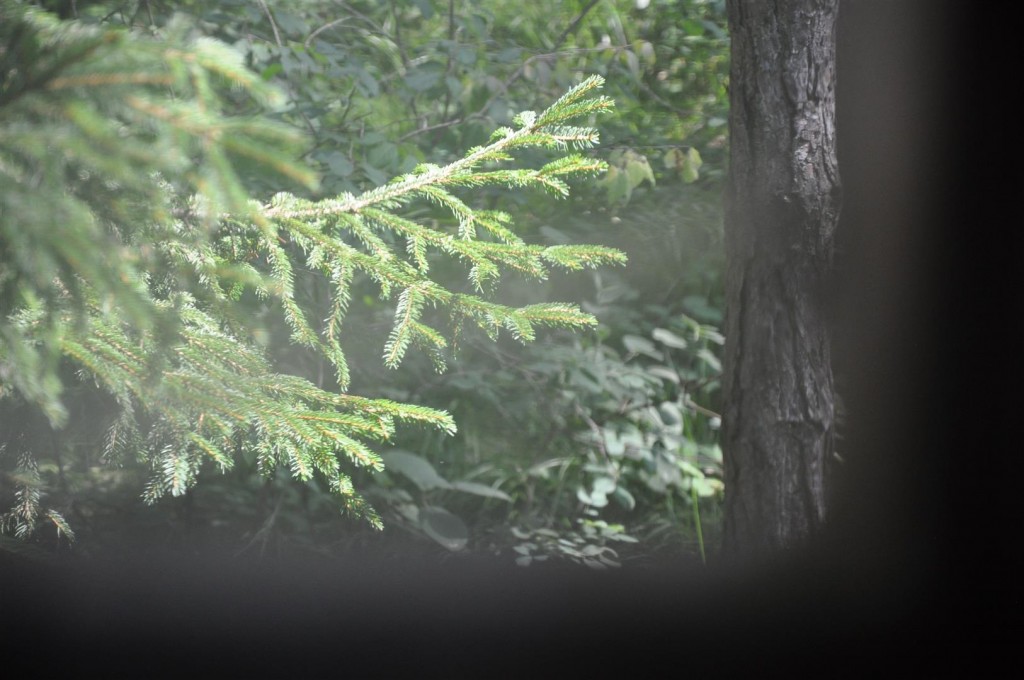A place
A place can be defined as the complexity of the relations and possibility that the human undertakes with it.
The history of a place is the history of this confrontation, of the unrolled paths and those still yet to take, of the suggestions and the thoughts stimulated and suggested by the space itself, the overall ever-continuos interaction of the human with the space itself.
A place is also an occasion of measure of the human, whom relates to it through its own thought and its own perception of self in relation to what surrounds it. The human thus understand its own “being in the space”, getting close to the poetic nature of the elements in which it’s put into relation. The human needs to measure and confront itself with what is around it; to know, to welcome in itself its own spacial perception, developing it; to take a hold of the maturation and the development of its own thought.
Through this intelligent and critical thought, creating and operating are necessary for the human to measure itself with what is “other”, outside the self. The result of this relation is the realisation of accomplished elements, which correspont to a need of profound research. There’s something at the basis of creation that isn’t linked to practical activity, an that of the realising itself, but to the comprehension and elaboration of an accomplished shape.
The presence of the human in the space can thus be articulated through two different but connected directions: on one hand the direct interaction of the human with the place that leads him to grasp its complexity and perceive its being inside the environment itself; on the other, this being inside the environment, develops the awareness of the necessity for a way of thinking both able to elaborate a critical reasoning on its acting and to create accomplished shapes to the end of relating with the space in a more complete and conscious way. Both these components are essential for the human to reach its awareness of self.





